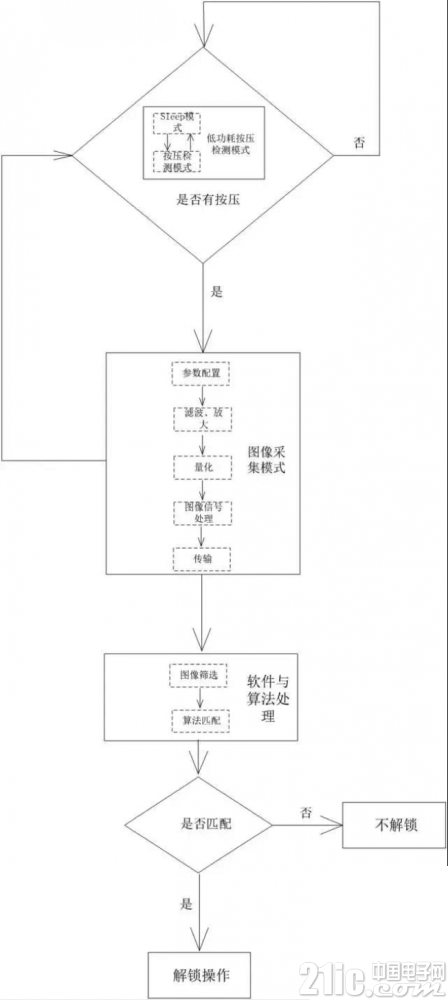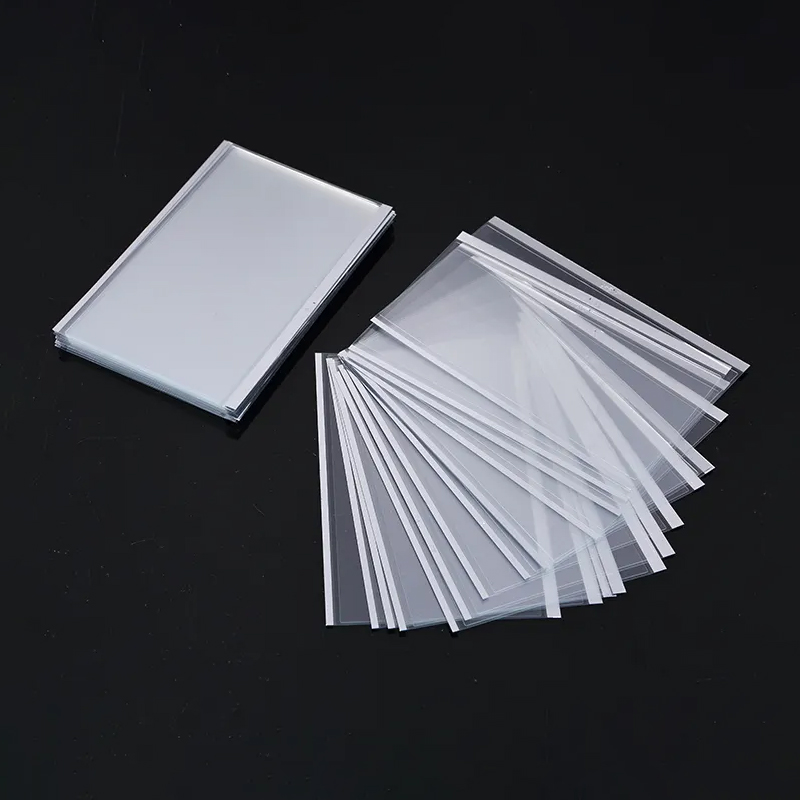In 2013, Apple's iphone5S introduced fingerprints, which triggered a boom in fingerprint phones. Huawei's mate7 in the android camp also became popular with fingerprint recognition. In just a few years, the fingerprint recognition chip unlocked faster and faster, and the unlocking time was shortened from the initial 1s to 0.7s, 0.4s, 0.3s or even 0.2s. Now it can be unlocked within 0.2s. It is very rare, but even in the 0.2S time, the actual measurement is still far from the "one Touch" solution of people's needs. According to the latest news, a company called Core Qihang Technology has developed fingerprint products that can complete the entire unlocking action within 90ms at the earliest, refreshing the fastest record of fingerprint unlocking, which is the fastest surface.
This article refers to the address: http://
Fingerprint unlocking involves chips, software and algorithms. The following is a technical perspective to understand the whole process of capacitive fingerprint unlocking: in combination with the application scenario of the fingerprint chip, the fingerprint chip usually switches between sleep mode and press detection mode, as opposed to continuous Working in the press detection mode, such processing can save power and extend the standby time of the portable device. In sleep mode, the chip consumes the least power, while in the press detection mode, the power is increased to tens or even hundreds of times. The method of continuous cycling and switching such as sleep and detection can meet the requirements of both power consumption and sensing speed, and the product switching frequency of the core sailing is 30~50 Hz, which can effectively lower the hysteresis time for finger detection. In the press detection mode, when the finger is pressed to the sensor area of ​​the fingerprint, the detection circuit compares the detected result, determines that a finger press is recognized, and sends the judgment result to the system, and the system cuts into the fingerprint collection mode.
After entering the fingerprint collection mode, the circuit will scan the pixels according to the specific sensor pixel address, the internal circuit obtains the data to judge, and then configures the parameters. After several scans, iteratively converges to obtain the most reasonable parameters, and then re-scans. The signal will be filtered, amplified, quantized, etc. in the circuit, and finally a complete image signal is obtained. After the circuit performs image signal processing operation, it is transmitted to the CPU of the mobile phone through the communication interface, thereby completing the collection and transmission of the fingerprint information. The operation time is controlled within 20ms. After the signal transmission is completed, the fingerprint chip switches to the press detection low power mode again.
The driving circuit uploads multiple frames of images to the system through the communication interface. The system first screens the image, picks out the frame with the highest contrast, and processes the template to generate the template data. The core starts to adopt the self-made fast point + image comparison algorithm. The feature points extracted by the algorithm are stable and reliable, and the number of feature points per image is moderate. The number of effective matching points is the highest in the micro-area recognition algorithm, which ensures the fast and accurate recognition of the algorithm. Optimization of the algorithm flow and formula, on the one hand, simplify the algorithm flow, optimize some parts that can be shared by the coupling, and optimize the running path; on the other hand, optimize and simplify some algorithms from the formula. Optimize the programming, optimize the implementation process during the programming implementation process, and minimize the amount of computation under the premise of ensuring consistent functions. In addition, all the code is implemented by fixed point. For some complicated operations, the table lookup processing is adopted, and the specified platform is optimized for the specified platform. The software calls the algorithm in the matching scene to perform the comparison of the template data, and feeds the matching result to the action that the system finally completes the unlocking or not.
The entire flow chart is as follows:

When the mainstream mobile phone still stays in the 0.2s unlock, the launch of the 90ms speed unlocking chip will inevitably bring a faster and smoother unlocking experience to mobile phone users.
Oca Sheet

OCA (Optically Clear Adhesive) glue sheet is a type of adhesive film that is used in the assembly of electronic devices, particularly in the display industry. It is a transparent and optically clear adhesive that is used to bond different layers of a display module together. OCA glue sheets are commonly used in the manufacturing of smartphones, tablets, and other electronic devices with touch screens or LCD displays.
The main purpose of OCA glue sheets is to provide a strong and reliable bond between the layers of a display module, while also ensuring optical clarity and minimal distortion. It helps to eliminate air gaps and improve the overall visual quality of the display by reducing reflections and enhancing color vibrancy.
OCA glue sheets are typically made of a high-quality acrylic material that is optically transparent. They are available in various thicknesses and sizes to suit different display applications. The sheets are usually pre-cut to the required dimensions and then applied to the display layers using a lamination process.
Overall, OCA glue sheets play a crucial role in the manufacturing of electronic devices with displays, providing a reliable and visually pleasing bonding solution.
Oca Sheet,Oca Sheet Paper,Oca Glue Sheet,Oca Glue Paper Sheet
Dongguan Jili Electronic Technology Co., Ltd. , https://www.jlocaglass.com